The passing of Duchess Marie of Saxe-Altenburg marks the end of an era in the royal family of Gotha. Known as the doyenne of Gotha, she was a stalwart figure in the royal household, having lived through significant historical events and witnessed the rise and fall of monarchies. Her life was a testament to the resilience and adaptability of the royal family, as she navigated the complexities of royal protocol and family dynamics.
Throughout her life, Duchess Marie was a symbol of tradition and continuity, upholding the values and customs of the royal family. Her dedication to her role and her family was unwavering, and she played a crucial part in preserving the legacy of the royal household. As the last surviving member of the royal family of Gotha, her passing leaves a void that can never be filled. Her memory will be cherished by those who knew her and by the many who admired her from afar.
what were the key achievements of Duchess Marie during her reign
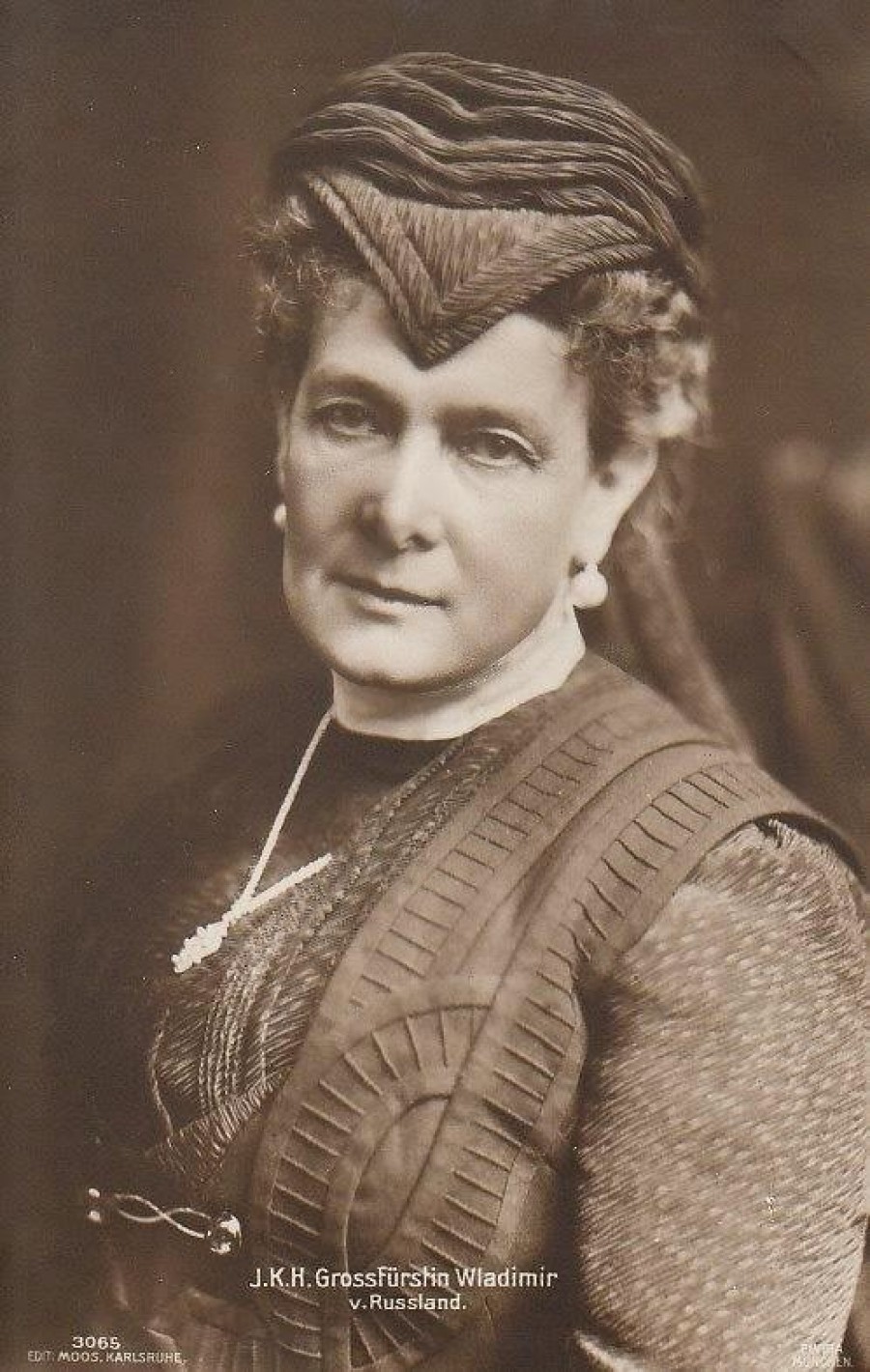
- Socially Minded Discourse: Duchess Marie-Adélaïde declared her interest in political and social affairs, emphasizing her desire to judge in accordance with justice and fairness. She recognized the growing economic inequality between men and the need for social peace, which she believed could be achieved through rapprochement and solidarity.
- Accession and Abdication: At the age of 17, she succeeded her father as Grand Duchess of Luxembourg. However, she faced significant challenges, including revolutionary unrest and the need to appease calls for the abolition of the monarchy. In 1919, she decided to abdicate in favor of her sister Charlotte, marking the end of her reign.
- Philanthropy and Tradition: Throughout her life, Duchess Marie-Adélaïde was dedicated to preserving the legacy of the royal family. She was involved in various philanthropic activities and worked to maintain the traditions and customs of the monarchy.
These achievements demonstrate Duchess Marie-Adélaïde’s commitment to her role as a monarch and her dedication to the well-being of her people.
what were the major challenges Duchess Marie faced during her reign

- Financial Crisis: The French financial crisis, which was blamed on her lavish spending and her opposition to the French monarchy’s financial policies, led to her being known as Madame Déficit.
- Court Factionalism: Her involvement in court politics and her relationships with key figures like Necker, Lafayette, and Count Axel von Fersen the Younger created tensions and factionalism within the royal court.
- Declining Popularity: Despite the birth of an heir, her popularity began to decline due to her perceived extravagance and her association with the French monarchy’s financial woes.
- Social and Cultural Changes: Her attempts to modernize court customs and fashion, such as the adoption of simpler feminine styles, were met with resistance from the older generation.
- Personal Relationships: Her relationships with her husband, Louis XVI, and her brother, Leopold II, were strained, and she faced accusations of having affairs with Lafayette and Lady Sophie Farrell, which were largely unfounded.
- French Revolution: The French Revolution brought significant challenges to her role as queen, including the execution of her husband and her eventual imprisonment and execution.
These challenges demonstrate the complexities and difficulties Duchess Marie faced during her reign, which were marked by significant social, cultural, and political upheaval.
how did Duchess Marie’s personal life affect her reign
- First Marriage and Infidelity: Duchess Marie’s first marriage to Count George Jametel was marked by infidelity on his part, which led to a scandalous divorce. This public exposure of her husband’s infidelity damaged her reputation and created a perception of instability in her personal life.
- Second Marriage and Family: Her second marriage to Prince Julius Ernst of Lippe was more stable, but she had two children out of wedlock before marrying him. This history of illegitimate children and her husband’s affairs continued to affect her public image and the perception of her family life.
- Personal Relationships and Conflict: Duchess Marie’s relationships with her family members, particularly her brother, were strained. She was known to be critical of her brother’s marriage and had a complicated relationship with her son, who recalled her as being distant and critical.
- Social and Cultural Impact: Her personal life and choices, such as her decision to marry a commoner and her involvement in social and cultural activities, influenced her public image and the perception of her role as a monarch. Her unconventional choices and personal scandals often overshadowed her official duties and accomplishments.
- Legacy and Perception: Duchess Marie’s personal life and controversies surrounding her marriages and family dynamics have had a lasting impact on her legacy. Her personal life and choices have been subject to scrutiny and criticism, which has influenced how she is remembered and perceived by historians and the public.
In summary, Duchess Marie’s personal life had a significant impact on her reign, affecting her public image, relationships, and the perception of her role as a monarch.
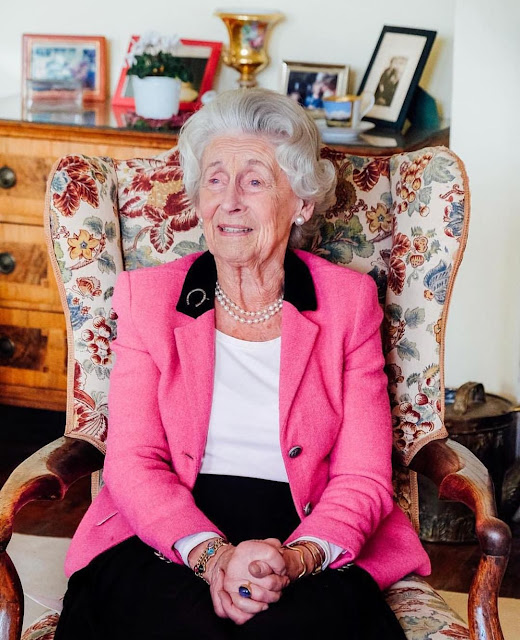 |
| Duchess Marie-Alix of Schleswig-Holstein on the occasion of her 95th birthday. Photo courtesy of Fürst Alexander zu Schaumburg-Lippe / Stiftung Louisenlund. |
On Monday, 1 November 2021, Dowager Duchess Marie-Alix of Schleswig-Holstein died peacefully at her home of Gut Bienebek in Holstein. She was ninety-eight years-old. The four children of the duchess were by her side when she died in her sleep; after her passing, the family released a brief statement: “In deep sorrow and full of love we say goodbye to our mother, grandmother and great-grandmother and look back on her eventful and fulfilled life with respect and immense gratitude.“
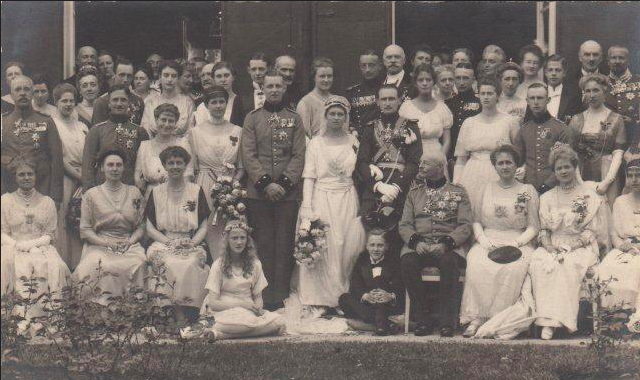 |
| The wedding of Prince Stephan zu Schaumburg-Lippe and Duchess Ingeborg of Oldenburg, 1921. |
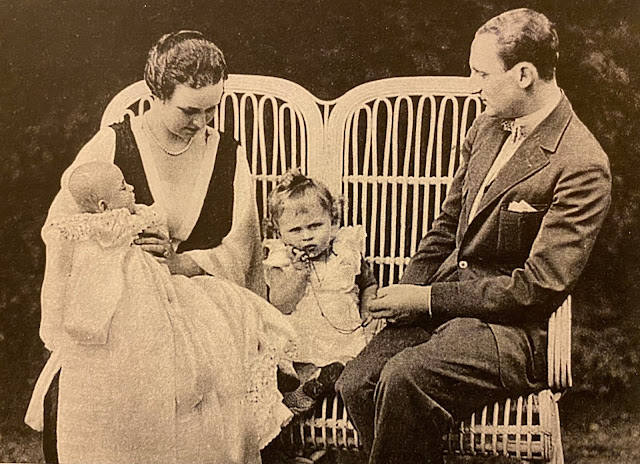 |
| Prince Stephan and Princess Ingeborg with Princess Marie-Alix and infant Prince Georg-Moritz. Photo (c) David McIntosh. |
Born on 2 April 1923 at Bückeburg, Princess Marie-Alix of Schaumburg-Lippe was the first child and only daughter of Prince Stephan of Schaumburg-Lippe (1891-1965) and Duchess Ingeborg of Oldenburg (1901-1996), who married in 1921. Marie-Alix was followed by a younger brother, Prince Georg-Moritz of Schaumburg-Lippe (1924-1970), who sadly was killed in a automobile accident at the age of forty-six. As her father Stephan was a German diplomat, Marie-Alix lived with her family in Sofia, Bulgaria; Rome, Italy; Rio de Janeiro, Brazil; Buenos Aires, Argentina; and Santiago, Chile. After the end of World War II, Marie-Alix spent time with her maternal Oldenburg relations in Lensahn, Ostholstein.
 |
| Fürst Georg zu Schaumburg-Lippe. |
 |
| Fürstin Marie zu Schaumburg-Lippe. |
 |
| Grand Duke Friedrich August II of Oldenburg. |
 |
| Grand Duchess Elisabeth of Oldenburg. |
The paternal grandparents of Marie-Alix were Fürst Georg of Schaumburg-Lippe (1846-1911) and his wife Princess Marie of Saxe-Altenburg (1864-1918). Her maternal grandparents were Grand Duke Friedrich August II of Oldenburg (1851-1932) and his second wife Duchess Elisabeth of Mecklenburg-Schwerin (1869-1955). Marie-Alix was a first cousin of Duke Anton-Günther of Oldenburg, Fürstin Eilika of Leiningen, Fürst Wittekind of Waldeck and Pyrmont, Fürstin Guda of Wied, and Fürst Philipp-Ernst of Schaumburg-Lippe.
 |
| Duke Peter of Schleswig-Holstein. Photo (c) David McIntosh. |
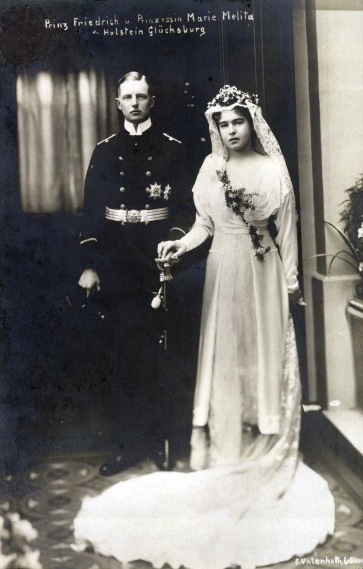 |
| Prince Friedrich Ferdinand zu Schaumburg-Lippe and Princess Marie Melita zu Hohenlohe-Langenburg on their wedding day. |
 |
| Left to right: Duke Friedrich Ferdinand, Prince Peter, and Princess Marie-Alix. Photo (c) David McIntosh. |
 |
| Left to right: Princess Marita, Prince Alexander, Duke Christoph, and Princess Ingeborg. Photo (c) David McIntosh. |
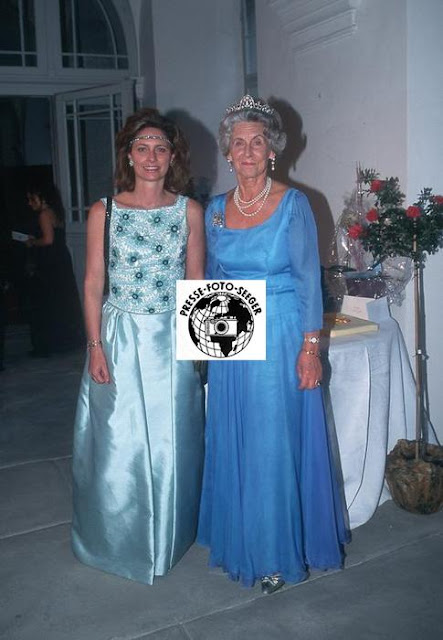 |
| Princess Barbara with her mother-in-law Duchess Marie-Alix at the wedding of Hereditary Prince Bernhard of Baden, 2001. Photo (c) Seeger-Presse. |
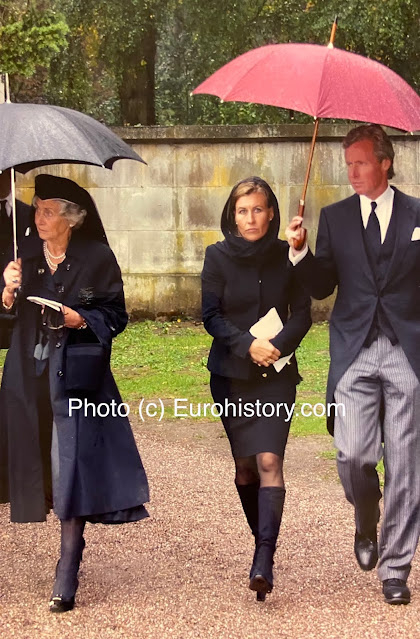 |
| Duchess Marie-Alix together with her son Duke Christoph and daughter-in-law Duchess Elisabeth attend the funeral of Fürst Philipp-Ernst zu Schaumburg-Lippe, 2003. |
 |
| Birthday cheers! Duchess Marie-Alix celebrates her 95th birthday surrounded by students of Louisenlund while her daughter Princess Ingeborg happily looks at her much loved mother. Photo (c) Stiftung Louisenlund. |
Duchess Marie-Alix of Schleswig-Holstein was a co-founder of the Louisenlund Foundation in 1949. This institution was envisioned by her father-in-law Duke Friedrich Ferdinand, and its mission was made a reality by continued support from her husband Duke Peter, her son Duke Christoph, and her daughter Princess Ingeborg. According to its website, Louisenlund “has created a school system with learning and teaching methods which prepare students for the future. To be equipped for the future students must develop social awareness and a strong personality. Since the very beginning, the private foundation, Louisenlund has strived to achieve a holistic education for its students. Moreover, Louisenlund is embedded in a network of international contacts and partner schools. Around 440 students benefit from an education in a global environment whilst enjoying, at the same time the familiar atmosphere of the campus.” Princess Ingeborg, the youngest child of the duchess, is the current chairperson of the foundation’s Board of Governors as well as of the Board of Trustees. The original uniform of Louisenlund students was created from a blue sweater out of Duke Friedrich Ferdinand’s wardrobe and a red sock from his daughter-in-law Duchess Marie-Alix’s closet which served as the collar.
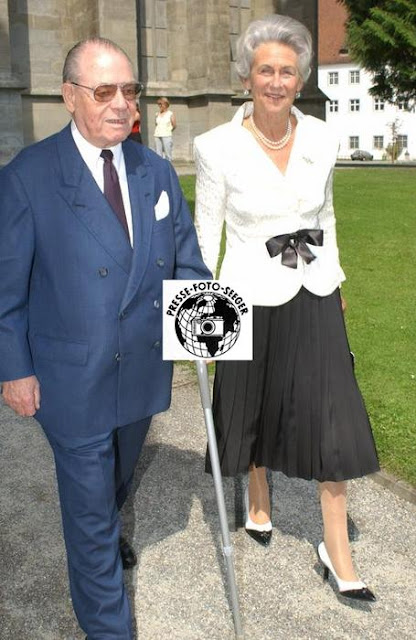 |
| Fürst Friedrich Wilhelm of Hohenzollern and Duchess Marie-Alix at the wedding of Hereditary Prince Bernhard of Baden, 2001. |
 |
| Duchess Marie-Alix with her children Princess Ingeborg and Duke Christoph attend the memorial service for Fürst Kraft zu Hohenlohe-Langenburg, 2004. |
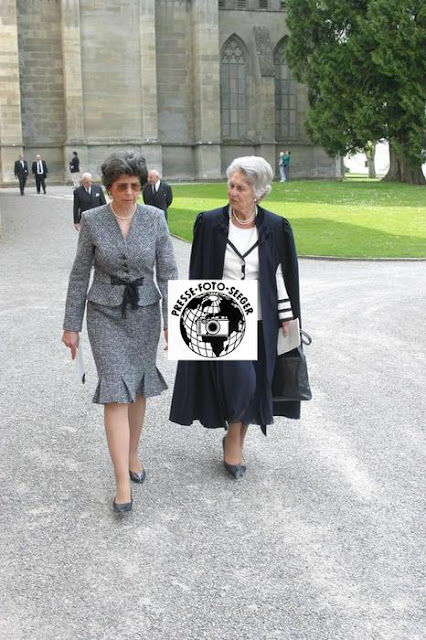 |
| Princess Marianne of Baden and Duchess Marie-Alix attend the funeral of Prince Georg Wilhelm of Hannover, 2006. Photo (c) Seeger-Presse. |
For many decades, Duchess Marie-Alix of Schleswig-Holstein was the Vice-President of the regional branch of the German Red Cross in Holstein. As shown by her dedication to the Louisenlund Foundation, the duchess was particularly keen on the betterment of young people and youth development.
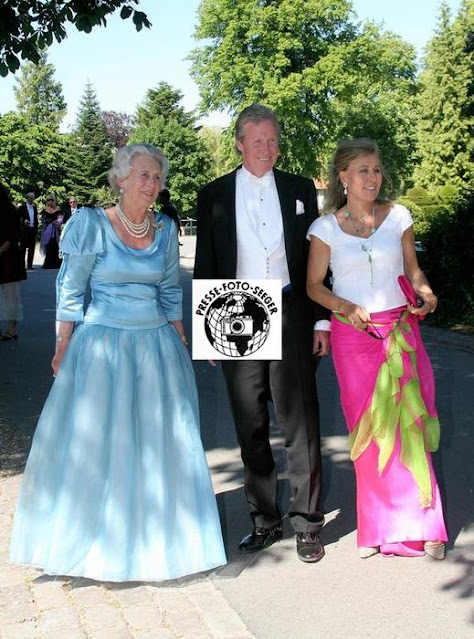 |
|
Duchess Marie-Alix, her son Duke Christoph, and her daugher-in-law Duchess Elisabeth at the wedding of Prince Philipp of Hesse, 2006.
Photo (c) Seeger-Presse / Albert Nieboer.
|
Duchess Marie-Alix of Schleswig-Holstein is survived by her four children, by her nine grandchildren, and by her (at least) five great-grandchildren.
what were the major controversies in Duchess Marie’s life
- Socially Minded Discourse: Duchess Marie-Adélaïde declared her interest in political and social affairs, emphasizing her desire to judge in accordance with justice and fairness. She recognized the growing economic inequality between men and the need for social peace, which she believed could be achieved through rapprochement and solidarity.
- Accession and Abdication: At the age of 17, she succeeded her father as Grand Duchess of Luxembourg. However, she faced significant challenges, including revolutionary unrest and the need to appease calls for the abolition of the monarchy. In 1919, she decided to abdicate in favor of her sister Charlotte, marking the end of her reign.
- Philanthropy and Tradition: Throughout her life, Duchess Marie-Adélaïde was dedicated to preserving the legacy of the royal family. She was involved in various philanthropic activities and worked to maintain the traditions and customs of the monarchy.
These achievements demonstrate Duchess Marie-Adélaïde’s commitment to her role as a monarch and her dedication to the well-being of her people.
As we bid farewell to the doyenne of Gotha, Duchess Marie, we are reminded of the significant impact she had on the royal family and the world around her. Her life was marked by dedication to her role and her family, and her legacy will continue to inspire and educate future generations. Through her experiences and challenges, Duchess Marie showed remarkable resilience and adaptability, traits that are essential for any individual seeking to make a lasting impact.
As we reflect on her remarkable life, we are reminded of the importance of preserving the traditions and customs of the monarchy. Duchess Marie’s commitment to her role and her family was unwavering, and her dedication to preserving the legacy of the royal household is a testament to her enduring spirit. Her memory will be cherished by those who knew her and by the many who admired her from afar. As we say adieu to the doyenne of Gotha, we honor her memory and the significant contributions she made to the world of royalty and beyond.
what were the key challenges Duchess Marie faced during her reign
- Financial Crisis: The French financial crisis, which was blamed on her lavish spending and her opposition to the French monarchy’s financial policies, led to her being known as Madame Déficit.
- Court Factionalism: Her involvement in court politics and her relationships with key figures like Necker, Lafayette, and Count Axel von Fersen the Younger created tensions and factionalism within the royal court.
- Declining Popularity: Despite the birth of an heir, her popularity began to decline due to her perceived extravagance and her association with the French monarchy’s financial woes.
- Social and Cultural Changes: Her attempts to modernize court customs and fashion, such as the adoption of simpler feminine styles, were met with resistance from the older generation.
- Personal Relationships: Her relationships with her husband, Louis XVI, and her brother, Leopold II, were strained, and she faced accusations of having affairs with Lafayette and Lady Sophie Farrell, which were largely unfounded.
- French Revolution: The French Revolution brought significant challenges to her role as queen, including the execution of her husband and her eventual imprisonment and execution.
These challenges demonstrate the complexities and difficulties Duchess Marie faced during her reign, which were marked by significant social, cultural, and political upheaval.



